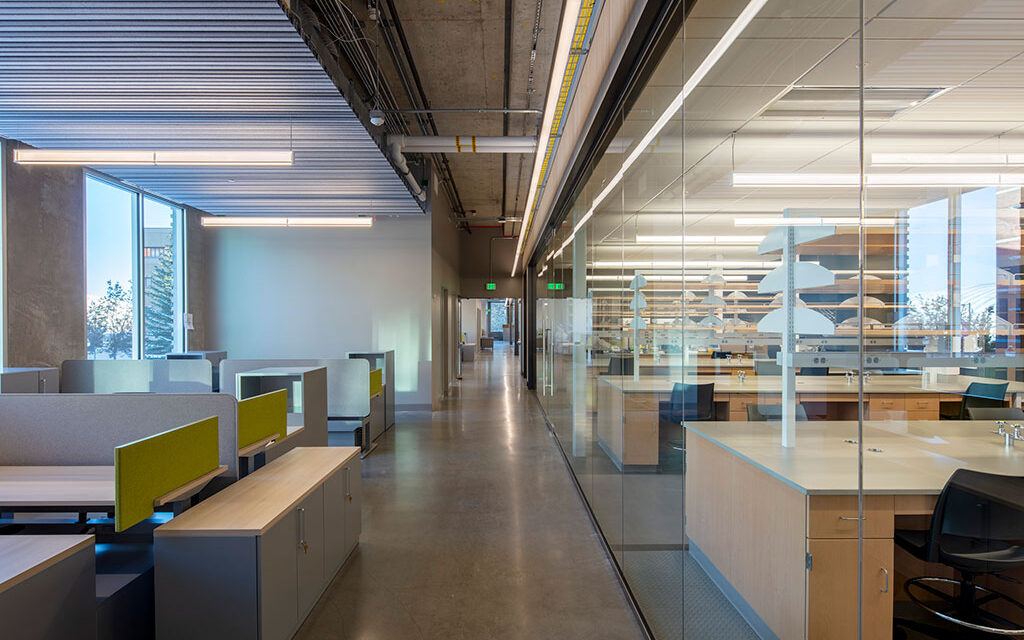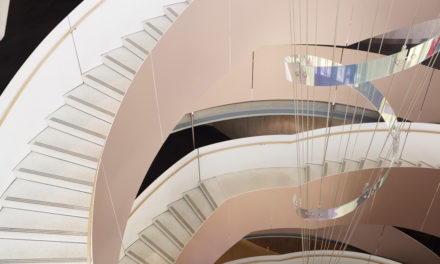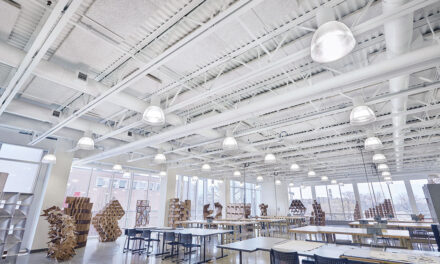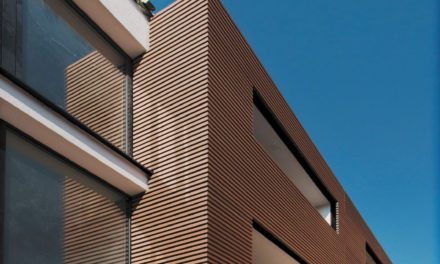LMN Architects is pleased to celebrate the opening of the Plant Sciences Building at Washington State University in Pullman, Washington. The latest addition to the V. Lane Rawlins Research and Education Complex, the $66 million building was funded by the Washington State Legislature.
Washington State University is a preeminent agricultural research institution committed to fostering its land-grant heritage and tradition of service to society. The Plant Sciences Building integrates several disciplines from the College of Agricultural, Human, and Natural Resource Sciences (CAHNRS), and is central to fulfilling this mission. The recently completed building is a new center for interdisciplinary research and was designed and constructed by the design/build team of Skanska and LMN Architects. The project provides new infrastructure for the Institute of Biological Chemistry, as well as laboratories that integrate faculty and students in plant biochemistry, pathology, horticulture, and crop and soil sciences into a single facility.
“Because of the close collaboration between the architects at LMN and our college and university, we were able to design and build a truly modern facility for WSU plant research,” said André-Denis Wright, Dean of CAHNRS.
The project drew on participation from members of the state’s grain, tree fruit, wine, grape, potato, dairy, beef, and raspberry industries, as well as the Washington State Department of Agriculture and the Washington Farm Bureau, in development of the facility.
“This isn’t just a building—it’s a braintrust for the future of Washington agriculture,” said Vicky Scharlau, Executive Director of the Washington Winegrowers Association. “By understanding basic, fundamental plant processes, people here today are creating the foundation for the agriculture of tomorrow.”
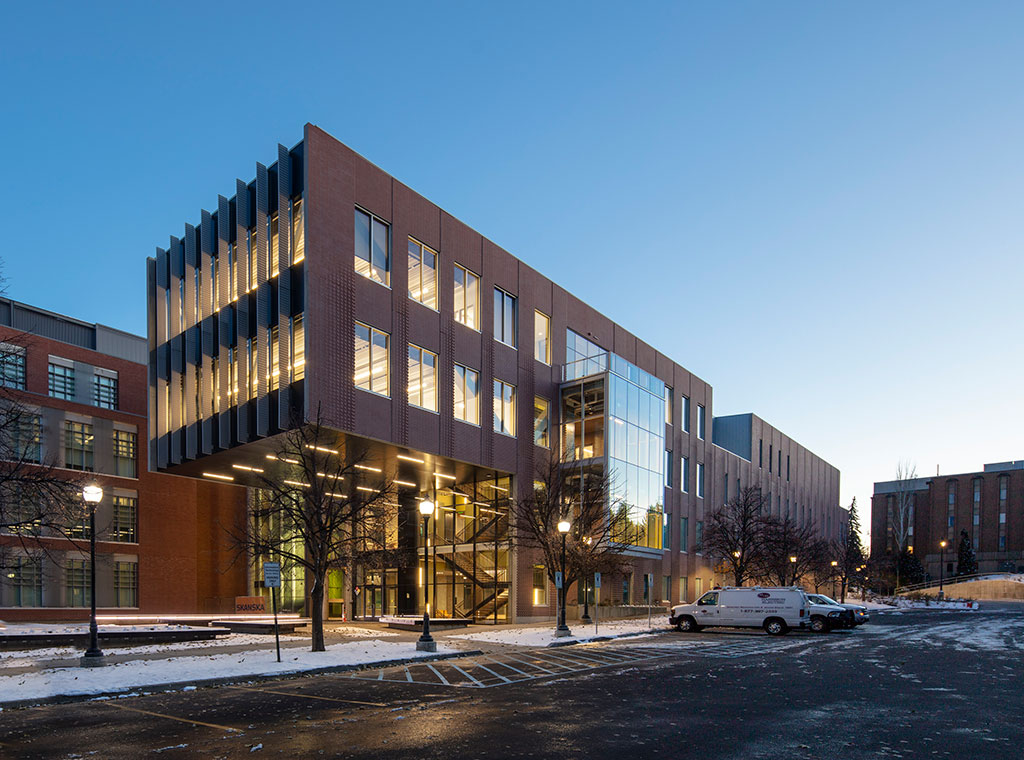
Photo credit: Adam Hunter, courtesy of LMN Architects
The building is the fourth to be completed within the master plan for the Research and Education Complex (REC) at WSU, originally developed by LMN Architects in 2005. The master plan envisioned a series of laboratory buildings alternately flanking a glazed spine element that serves as the connective tissue for the social and research life of the complex. The new building is positioned to the south of the Biotechnology and Life Sciences building, also designed by LMN Architects, and completed in 2009. As the central element of the completed complex, the building forms a prominent primary entry point that frames a new public space along Stadium Way.
“The new Plant Sciences Building marks a significant milestone in Washington State’s commitment to sustainable agriculture and ecological stewardship,” says LMN Partner Stephen Van Dyck, AIA. “As a central element of the Research and Education Complex, the new building provides state-of-the-art research facilities that are interconnected to the culture of research on the Washington State University campus. As a central node of the interdisciplinary complex, the building is designed to nurture collaborative innovation in this critical sector.”
The plan configuration of the building allows it to fulfill the master plan while accommodating an existing utility tunnel to the south – a formal adjustment to the master plan which unlocked significant opportunities in construction cost and schedule savings. At the western entry, the building’s cantilevered composition frames a new grand entry to the whole complex, and features a two-floor cantilever facing west towards Martin Stadium. The new landscaped approach creates a multifunctional public space for the university, celebrating arrival to the complex and fostering campus-wide gatherings.
The new facility will be a social and interdisciplinary heart for the research complex. Designed for flexibility well into the future, the building hosts infrastructure for a variety of research needs beyond the College of Agricultural, Human, and Natural Resource Sciences. Upon arrival, a welcoming four-floor staircase encourages vertical circulation and provides important visual connections between floors. At every level, centralized social spaces link circulation elements with the REC’s central spine, designed to fuel spontaneous collaboration within the communal core.
The interior arrangement of laboratories is designed to support efficient and flexible research over time. The modular laboratories can be easily rearranged to respond to the changing needs of research throughout the building. To the north of the modular laboratories, offices for Principal Investigators are interspersed with open work areas for graduate researchers. To the south of the laboratories, a series of modular support spaces accommodate a variety of specialized research equipment within easy reach of the adjacent lab benches.
On the exterior, the building reimagines the red-brick campus vernacular in a new architectural approach; a high-performance precast concrete façade panel system is clad with a sculpted, red-brick veneer. The panels integrate structure, insulation, weather barrier, interior, and exterior finishes within a single prefabricated component, accelerating construction sequencing and enabling a bespoke composition of organically inspired brick surfacing. The resulting building form presents an abstract composition culminating in the integration of the building’s internal modular planning with the panelized façade components.
Jennifer Milliron, Principal, comments: “We have approached the design and delivery process for this building as an effort in applied research. Our Progressive Design-Build team partnered with WSU early in the process and prioritized innovative design and construction methods. Our partnership with Skanska allowed our team to explore integrated design and construction opportunities that prioritized high-performance systems, opening opportunities for architectural expression while simultaneously maximizing construction efficiencies.”
The building’s prefabricated façade system both enhances the speed of the construction schedule and transforms the architectural possibilities throughout the building. On the inside, the integrated concrete panels are left exposed to become the finished surface in many of the building’s workspaces. On the exterior, the undulating brick pattern—made possible through CNC-driven formwork—casts shadows which animate the façade throughout the day in a dynamic play of light that is unique to the eastern Washington Palouse landscape.
LMN Architects is a leader in the design of higher education facilities across the United States. Other completed projects include the Bill & Melinda Gates Center for Computer Science & Engineering at the University of Washington; the Voxman Music Building at the University of Iowa in Iowa City; the Anteater Learning Pavilion at the University of California, Irvine; and the Huntsman School of Business Addition at Utah State University in Logan, Utah.
About LMN Architects
Since its founding in 1979, LMN Architects has dedicated its practice to the health and vitality of communities of all scales. Internationally recognized for the planning and design of environments that elevate the social experience, the firm works across a diversity of project typologies, including higher education facilities, science and technology, civic and cultural projects, conference and convention centers, urban mixed-use and transportation.
LMN has successfully completed over 700 projects across North America, including the Voxman Music Building at the University of Iowa in Iowa City, Iowa; Tobin Center for the Performing Arts in San Antonio, Texas; Vancouver Convention Centre West in Vancouver, Canada; Sound Transit University of Washington Station in Seattle, Washington; and the new Seattle Asian Art Museum.
Based in Seattle, Washington, LMN Architects is led by partners John Chau, Sam Miller, Walt Niehoff, Wendy Pautz, Mark Reddington, George Shaw, Stephen Van Dyck, and Rafael Viñoly-Menendez. The firm employs 165 talented professionals practicing architecture, interior design, and urban design, and the quality of the work has been recognized with nearly 300 national and international design awards, including the prestigious 2016 National Architecture Firm Award from the American Institute of Architects (AIA).
For more information on the work of LMN Architects, please visit lmnarchitects.com

